Sovol Filament Dryer Review: Does it really work?
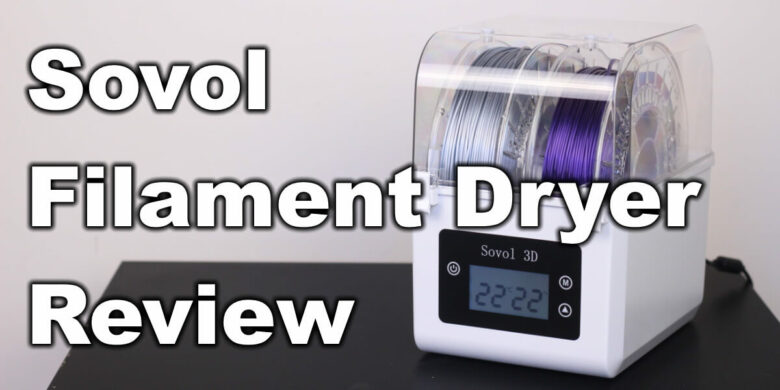
In a past article, I shared how I dry my filament using a regular oven. But filament dryers started to get more popular and Sovol sent me their Filament Dryer to review. Let’s put it to work, and see how well it performs.
Shipping and Packaging
The Sovol Filament Dryer comes in a simple cardboard box with foam protection on all sides to ensure that the product is delivered safely. I had a few images with the packaging, but unfortunately my SD card was corrupted and I wasn’t able to recover the photos.
Sovol Filament Dryer Design
As you might expect, there’s not a lot to talk about when it comes to the design. The Sovol Filament Dryer is made from ABS and PC, where half of the box is white and the second half is transparent.
In the front, we have an illuminated screen with three capacitive buttons. Over the screen there’s two latches which hold the filament dryer cover in place. In the back, we get the power port.

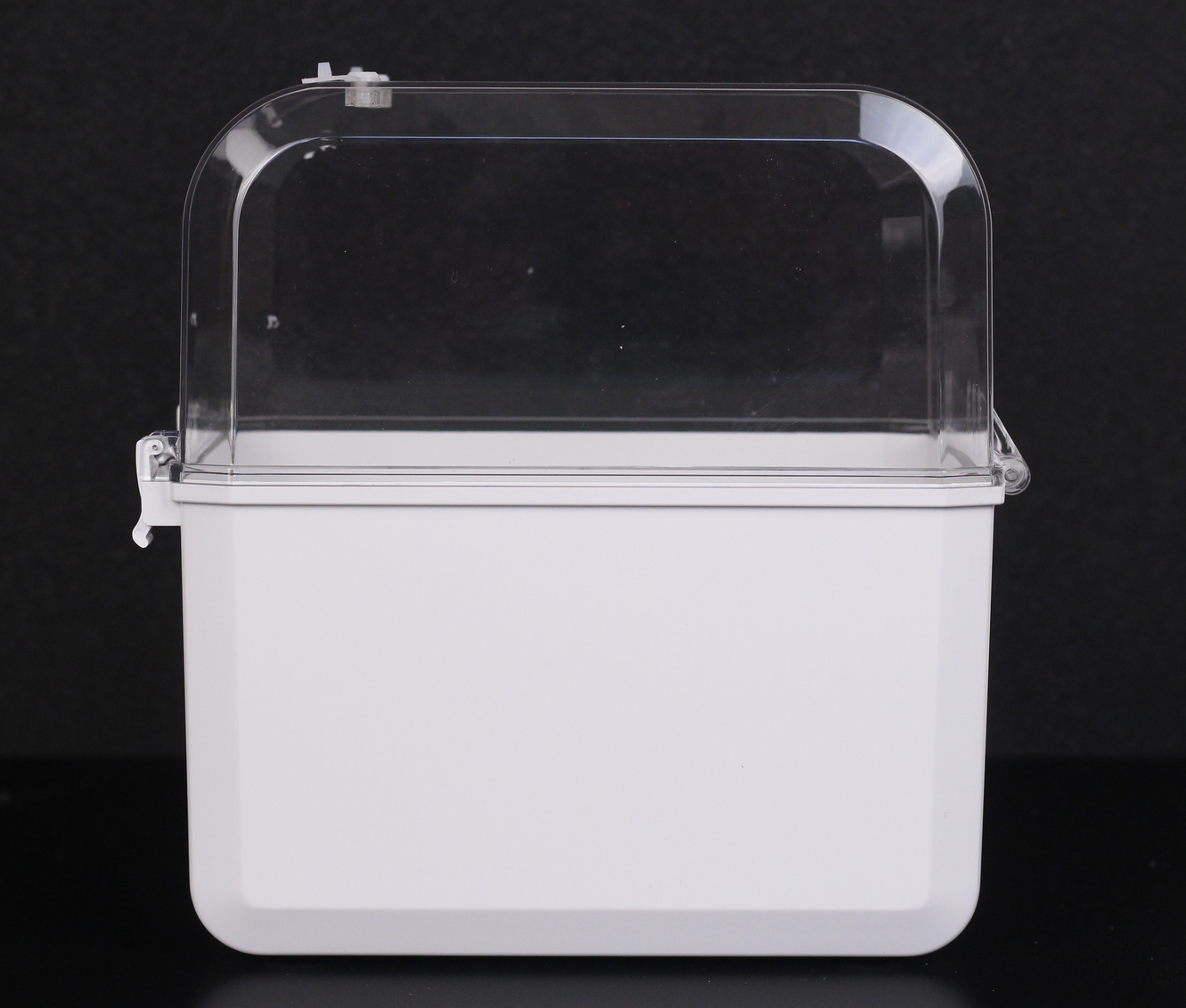
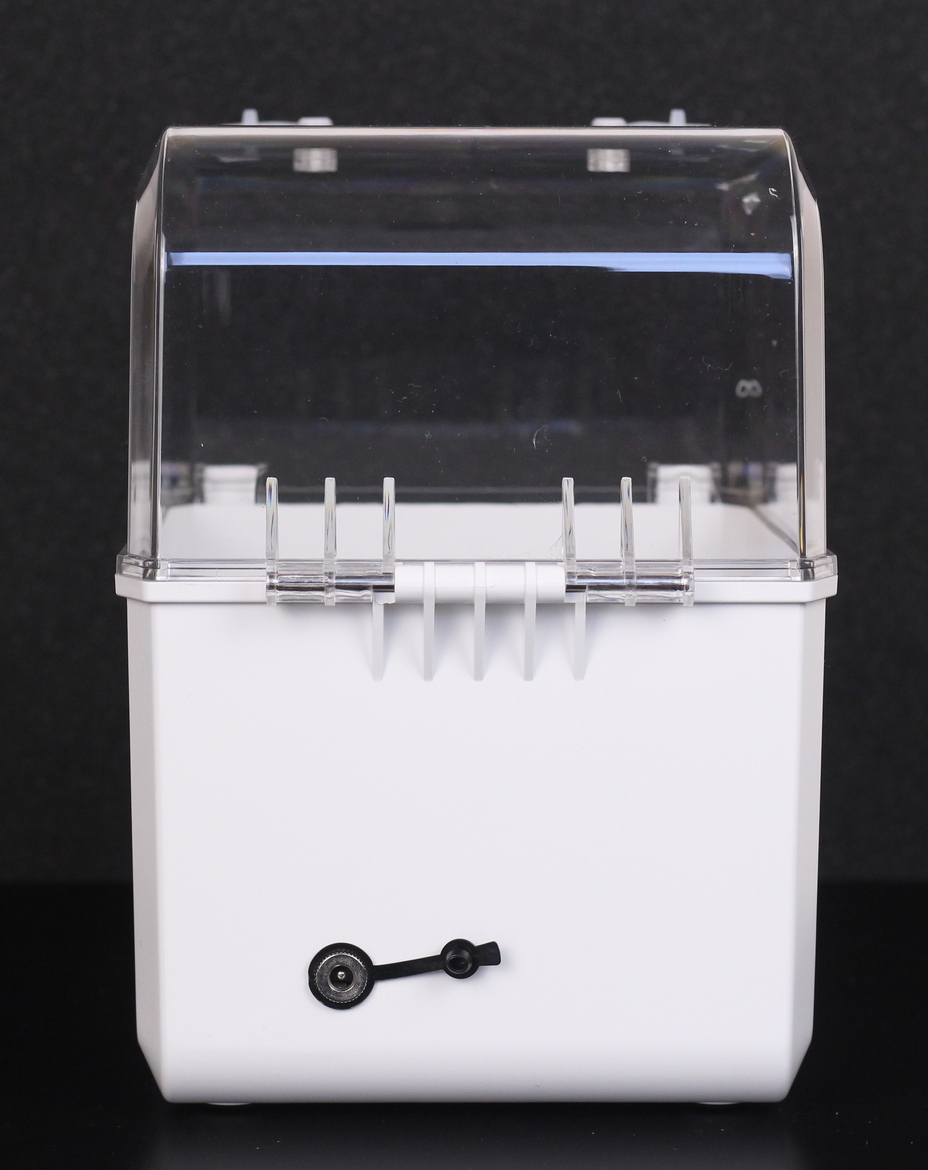

In the box, you get the Sovol Filament Dryer and a 12V power supply.
Sovol Filament Dryer Specs
| Brand Name | Sovol |
| Origin | CN (Origin) |
| Item Type | Filament Dryer Box |
| Model Number | Drying Filaments Storage Box |
| Color | White |
| Weight | 1.1Kg |
| Material | PC+ABS |
| Output Voltage | 12V |
| Input Voltage | 100V~240V 50/60Hz |
| Power | 48W |
| Operating Temperature | -9C~85C |
The inside of the filament dryer is more interesting. With the Sovol Filament Dryer you can use two spools of filament at the same time (depending on the type of spools you have). The spools rest on metallic supports which spin on the integrated bearings.
Underneath, there’s a circuit heater similar to what you would get with a regular FDM 3D printer which can heat up close to 60C. In the back, there’s also a 4010 fan which turns on when the heater is running.

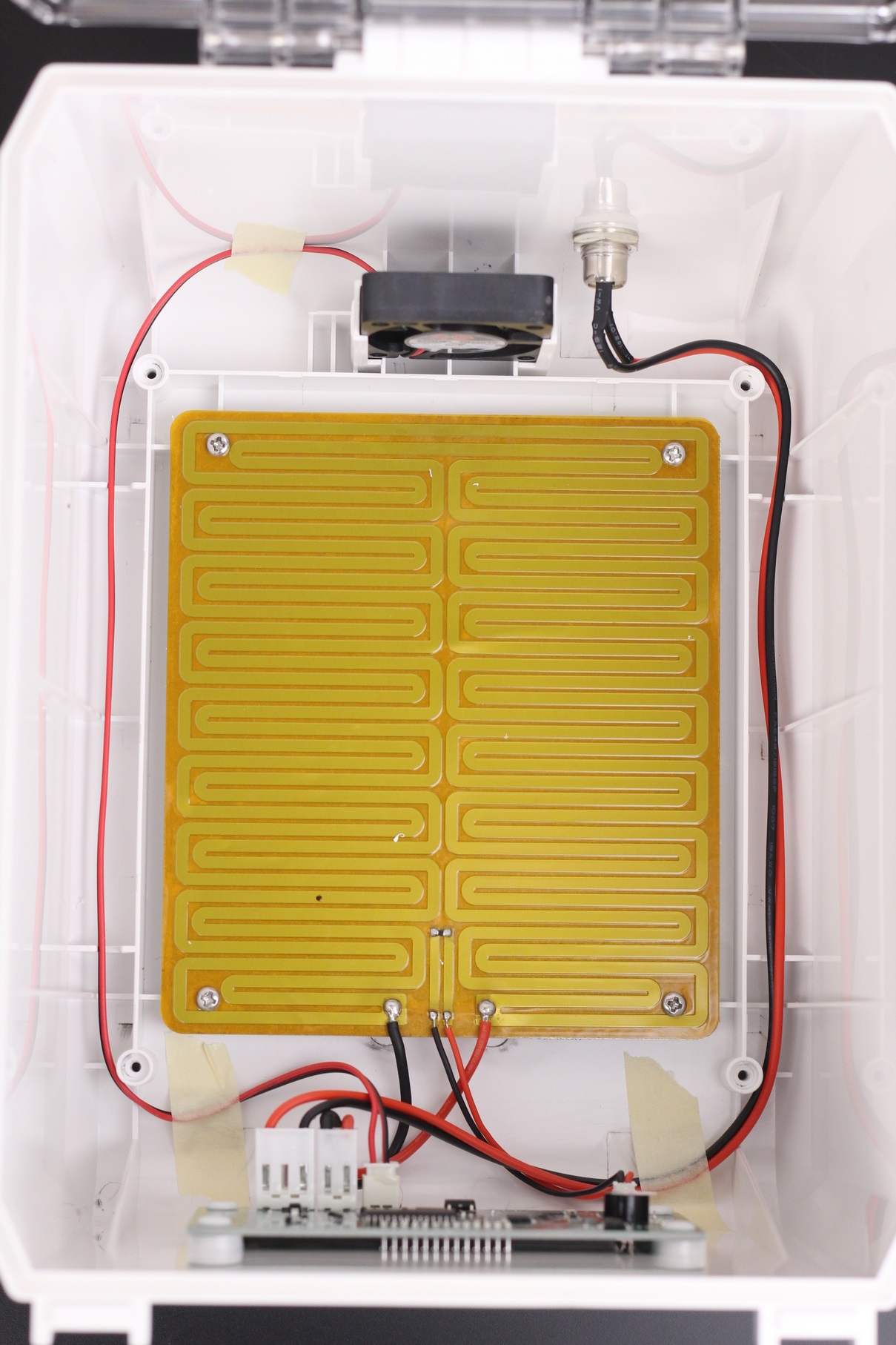
Here’s a few thermal shots of the heatplate set to 50C:

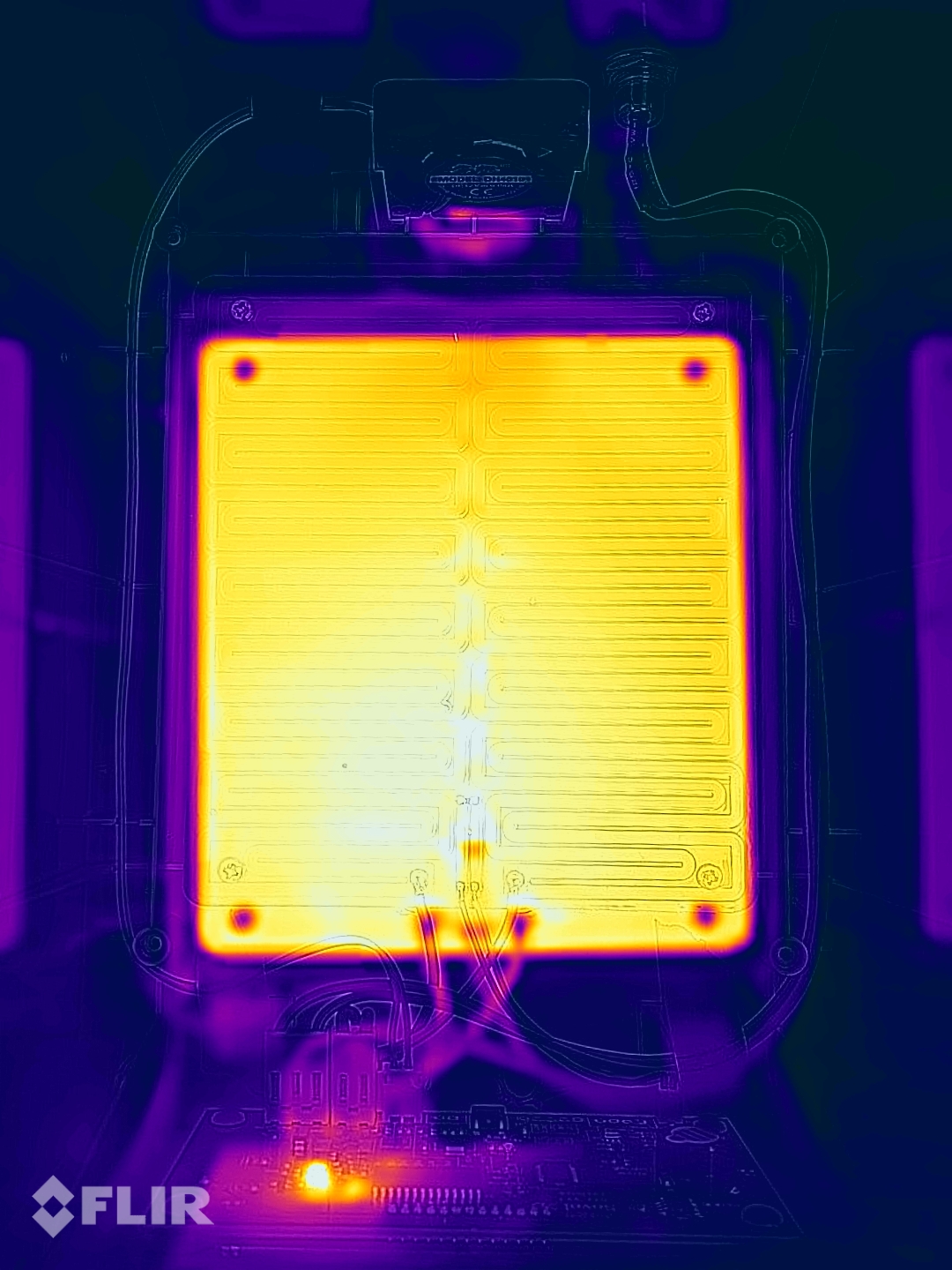
The Sovol Filament Dryer also has a hygrometer which tells us the humidity inside the unit, but I don’t really trust it. I’ll tell you more about it later.
Air circulation fan
As mentioned, we have a 12V 4010 fan which helps keep the airflow moving inside the machine. Unfortunately, this fan is not attached to the plastic case in any way, and this causes annoying vibrations during use. To fix this issue, I added a small piece of filament on one of the sides to hold the fan in place and eliminate the noise. I attached a video to better showcase this in the noise levels sections
The fan does it’s job, and the thermal shot below should serve as proof. As you can see, the higher temperature is somewhat evenly distributed inside the drying box.
Spool Compatibility
The most interesting feature of the Sovol Filament Dryer is it’s ability to dry two spools at the same time. But this depends on the type of filaments used. For example, I shared a few spool configuration below.
Devil Design and Gembird filament spools fit just right, and Extrudr spools have some spare room available. But you won’t be able to dry two FilamentOne spools which are wider. Instead, you could pair a wider spool with a slimmer spool, like I did in the 3rd picture.
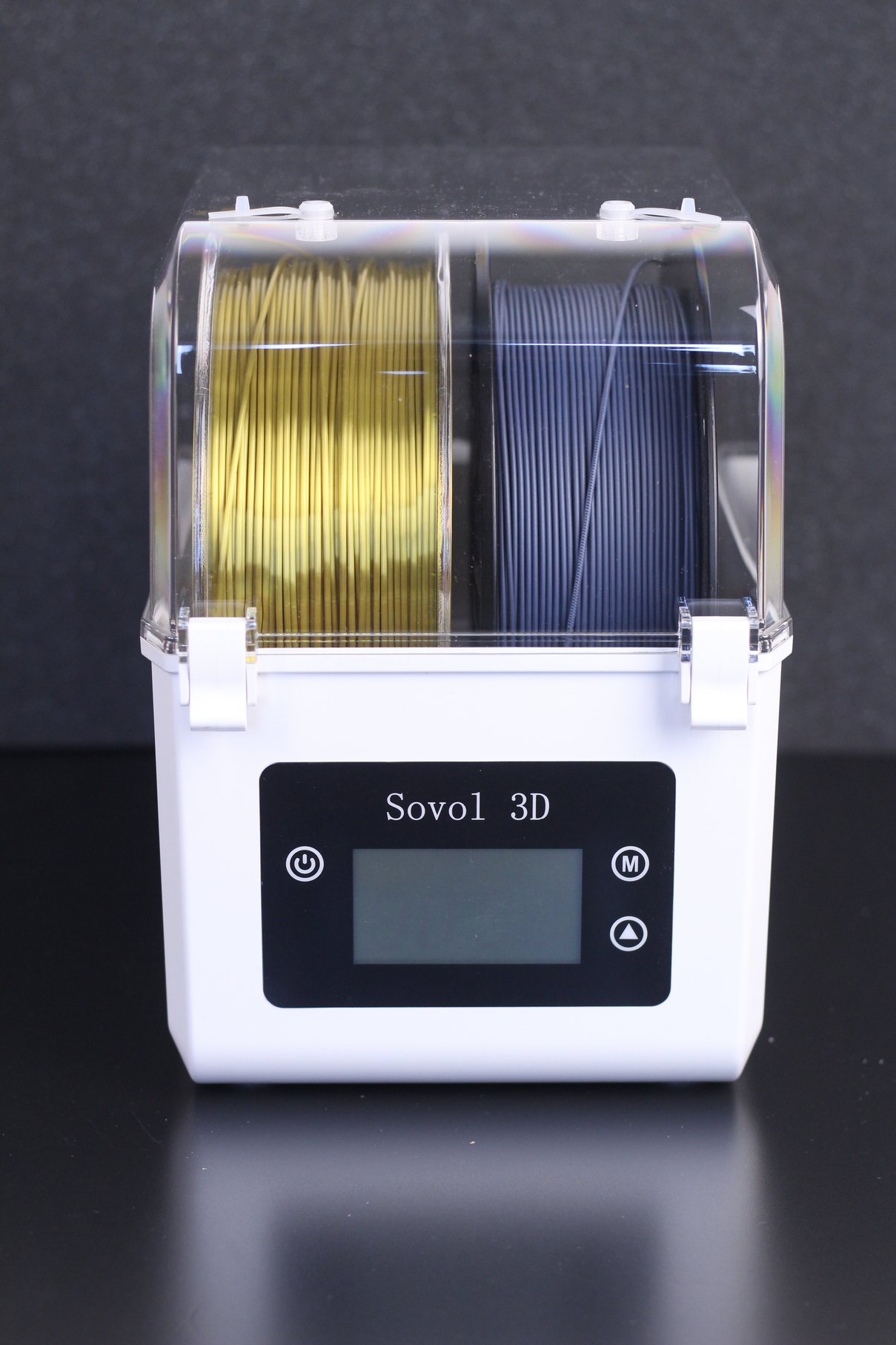
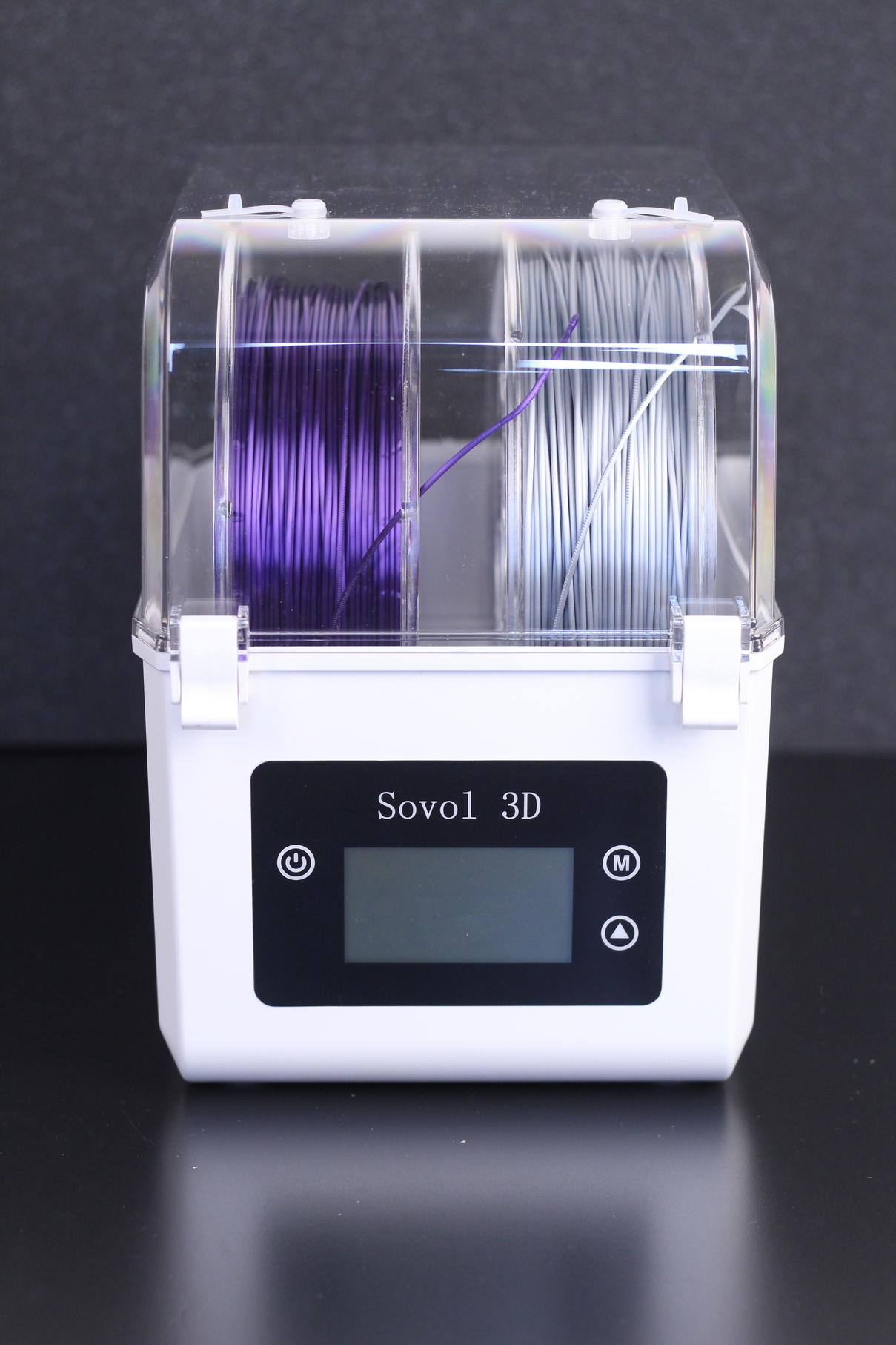
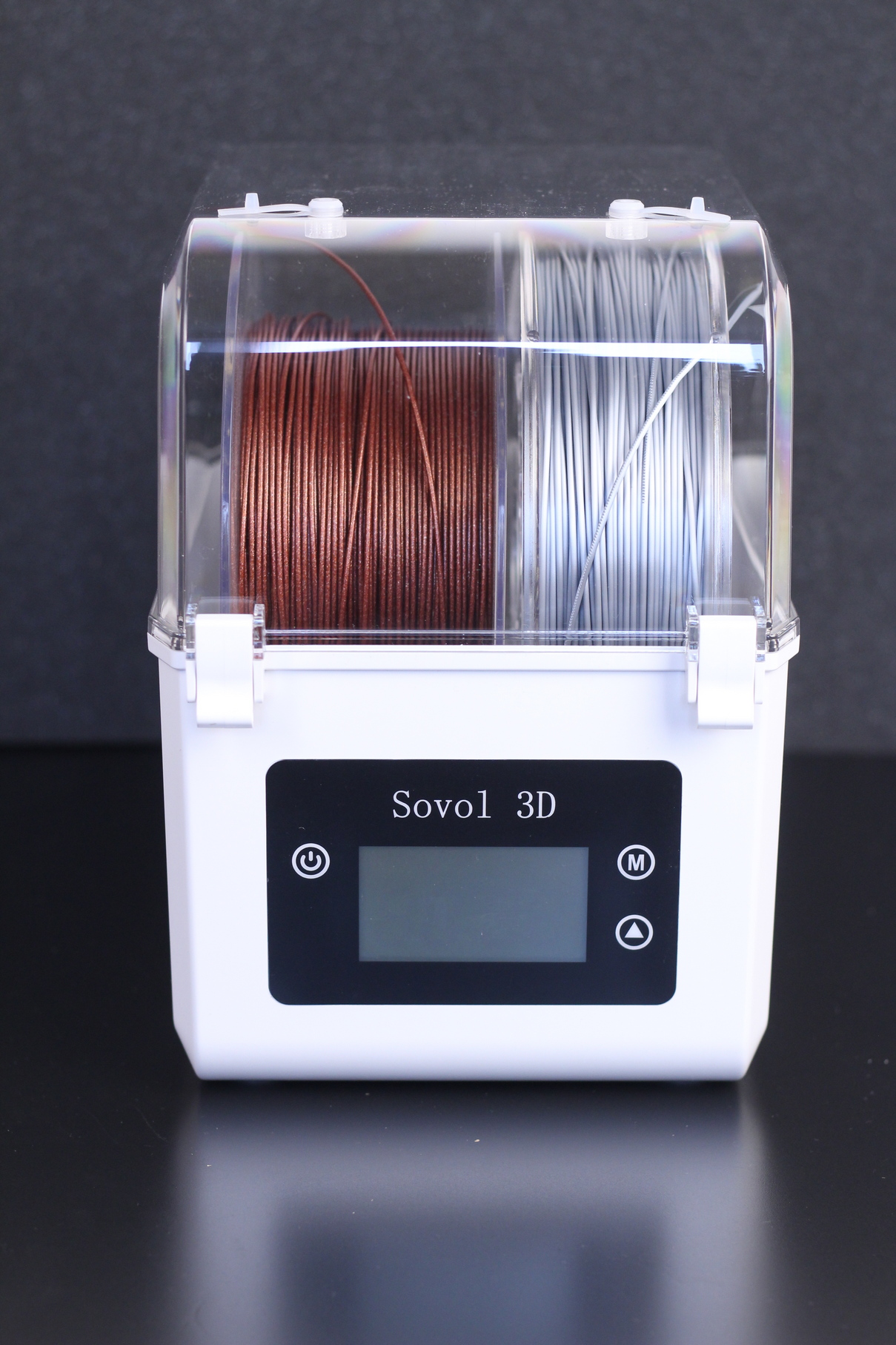
If you have smaller spools, you can even fit three spools at a time, like I did with my 250g spools from Devil Design.
Dual filament ports
We also get two filament ports where you can route the filament to the printer. This allows you to print while keeping the spools dry.
Power consumption
When the Sovol Filament Dryer is running, it pulls close to 40W from the wall.
All these measurements were taken with a Blitzwolf smart power socket which indicates the power draw, and it can also be used for remotely powering on and off the printer.
Sovol Filament Dryer Noise levels
The Sovol Filament Dryer can be pretty silent if the fan is properly attached to the chassis. To better understand the noise difference, I took this video.
If your Sovol Filament Dryer is noisy, now you know why.
Testing the drying capacity
6 hour drying time
The first test was putting three 250g spools of Devil Design PETG to dry. It started with a 43% humidity level, and after 6 hours of drying at 50 degrees the humidity dropped to 25%.
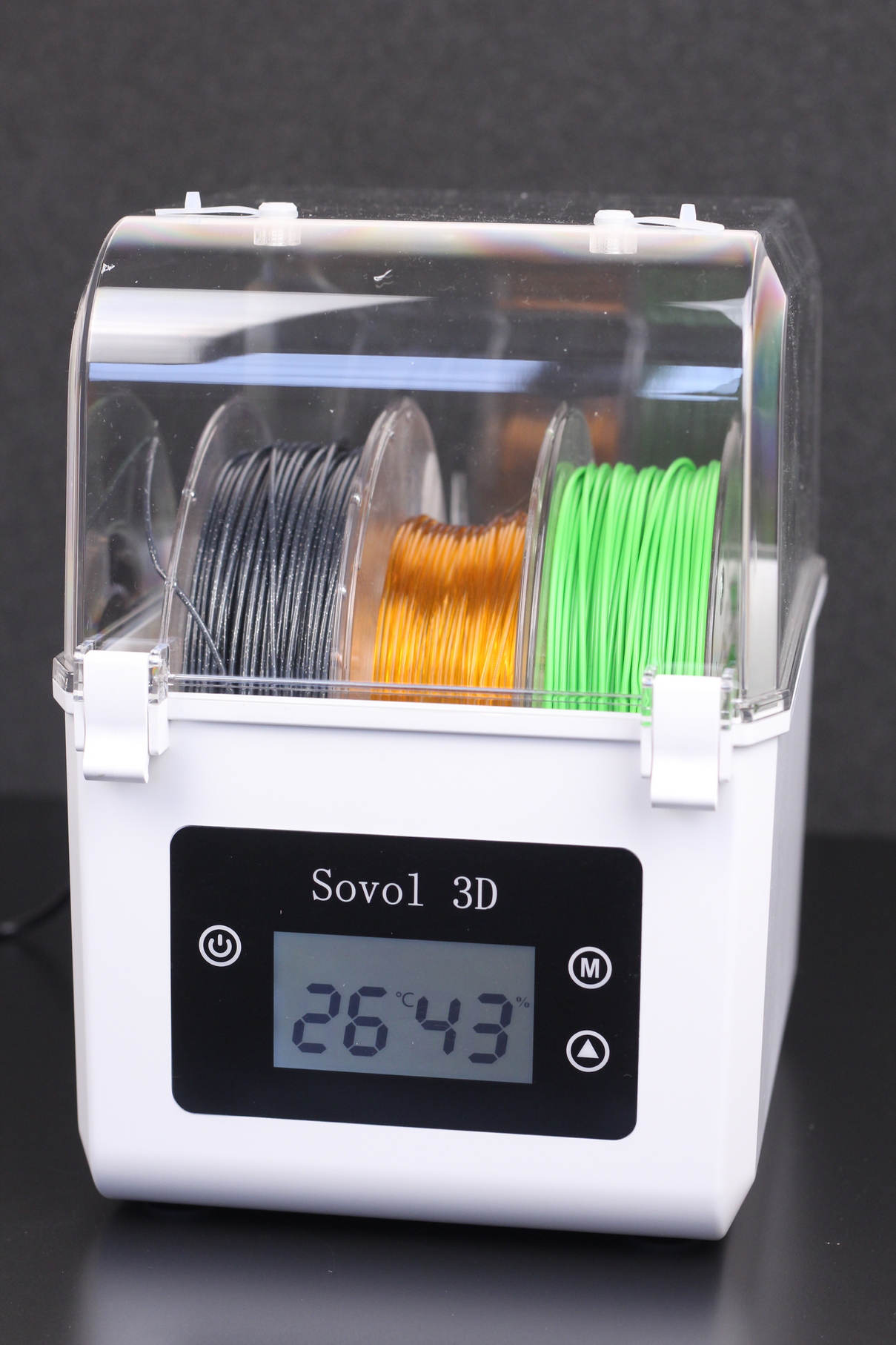
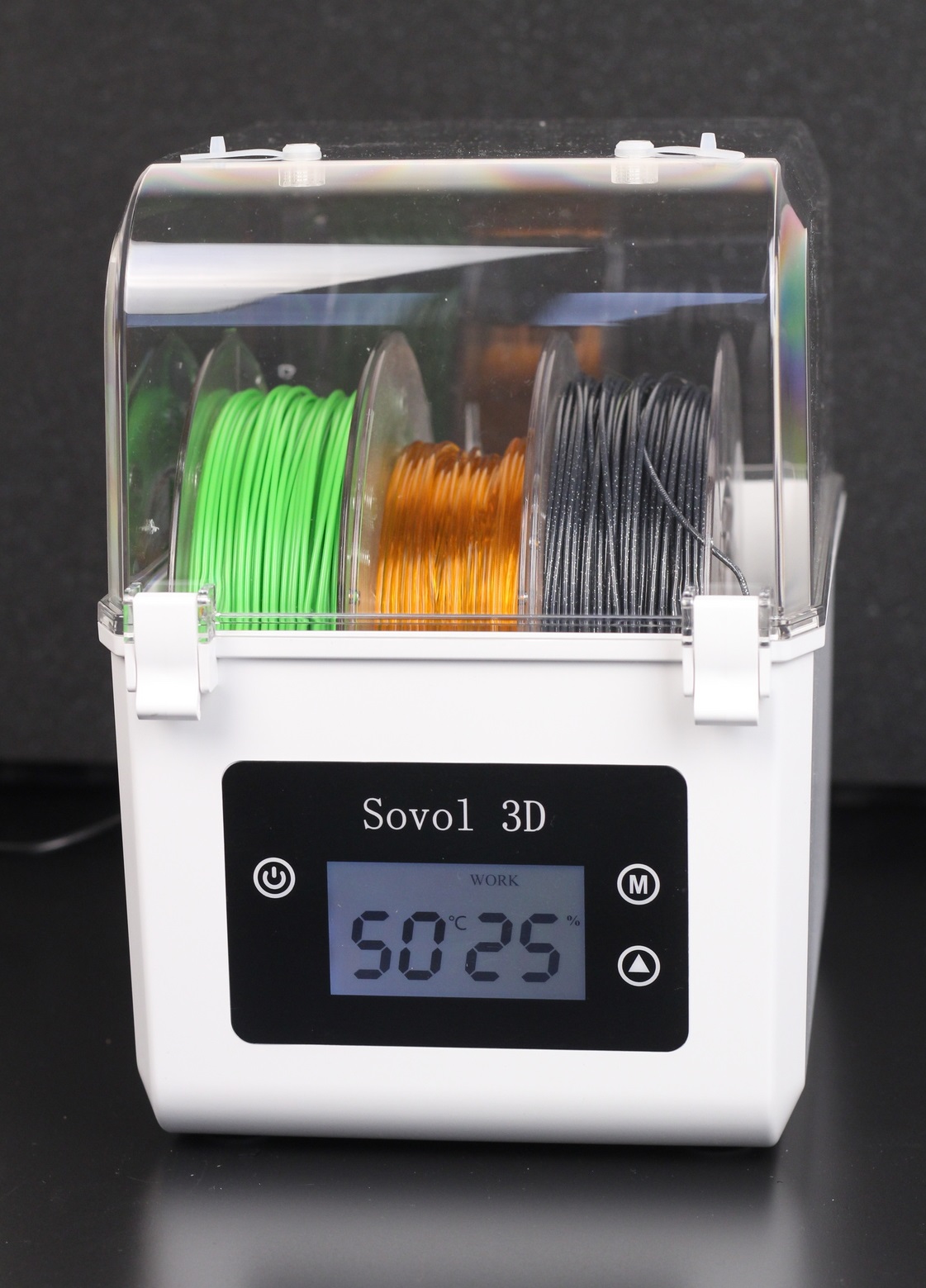
It’s worth noting that during this time, I opened the cover a few times, to check how hot the temperature inside the dryer is. I think this is the reason why I had better results compared to my next test.
10 hour drying time
The second test was done with three spools of PETG, this time with a 1KG and two 250g spools. I started at 48% humidity and after 10 hours of drying, the humidity level reached 45%. This result was a bit disappointing but I think I found the issue.
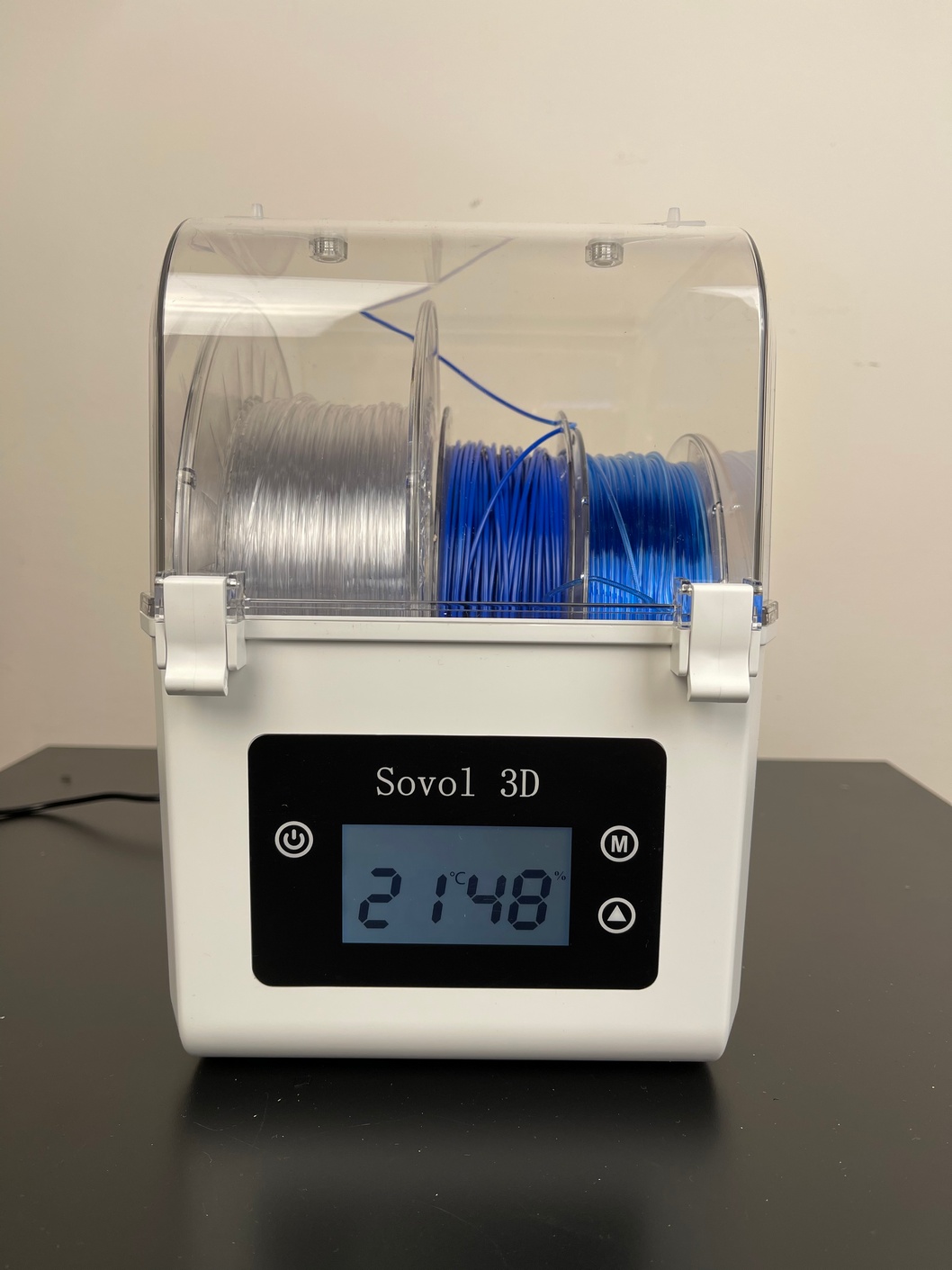

6 hours with silica gel
To test my theory that the humidity is trapped inside the filament dryer, I repeated the test with three rolls of PLA, PETG and TPU which have been opened for over a year. I added a few packs of silica gel which has been dried in advance, then started the drying cycle.

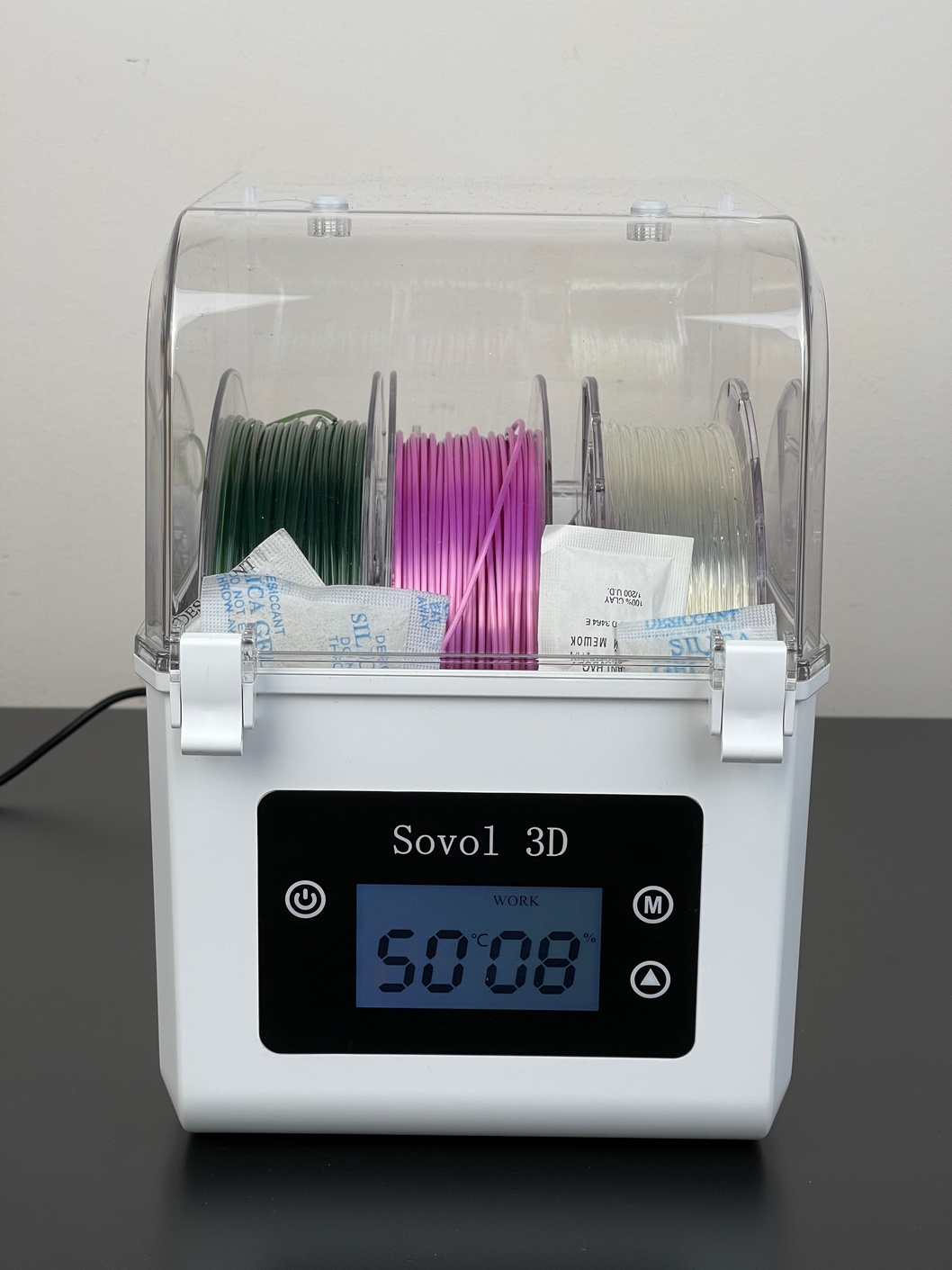
After 6 hours, the results are much better going from 44% to 8%. I also left the container closed over night, and the humidity level stayed the same. So I strongly recommend using silica gel packs when you dry your filament because without it you’re mostly wasting time and energy.
Thoughts about the Sovol Filament Dryer
My results with the Sovol Filament Dryer are a bit disappointing, especially for the 10 hour drying period with no silica gel.
When the filament is dried, water is evaporated from the filament but if the container is closed, the water vapor doesn’t have a way to escape from inside the dryer box. And that’s sort of the reason why you would get a filament dryer: to dry filament.
In the manual, Sovol mentions how you can use the filament dryer as a storage container, after you also add the silica gel package you got with the spool. But there’s no mention of silica gel needed during the drying period.
Instead, it mentions that it’s recommended to have the lid partially open, and prop the cover using the plastic clips.
Without occasionally opening up the filament dryer lid, to let the water vapor escape, the filament won’t be dried properly even after an extensive period. For proper drying I strongly recommend including a few packs of silica gel in the container when you start the drying process. This way, the water is removed quicker from the filament and those water vapors will be absorbed by the silica gel packs.
Conclusions: Is the Sovol SH01 Filament Dryer worth it?
For me, a simple filament dryer is not that helpful because I have a bunch of spools and I prefer drying them in larger batches using a regular oven. But this filament dryer could be helpful for regular people who don’t use a lot of filament and understand what’s needed to make them work.
If you are planning to purchase a Sovol Filament Dryer, I think it’s best used as a dry-box with active heating which would work great for PC, Nylon and PETG.
It also works well as a filament dryer, as long as you open the cover from time to time, or include some silica gel bags in the container, during drying.
The Sovol Filament Dryer works great as a dry box, but needs special treatment to be used as a filament drying solution which actually removes moisture from the material. Either by adding silica gel bags, or by opening the cover.Sovol Filament Dryer Rating
Design
Specs
Noise Levels
Ease of use
Price
Where to buy the Sovol Filament Dryer?
The Sovol Filament Dryer can be purchased from the following websites:
I recommend checking out the Discount Codes page before purchasing. I regularly update the article with discount codes for various online shops, and you might find one for this particular model.
The SOVOL SH01 Filament Dryer was provided free of charge by Sovol for the purpose of this review. While the article includes affiliate links, all opinions are my own. Nobody reviewed the article before it was posted, following the Review Guidelines.
Liked it?
|
|


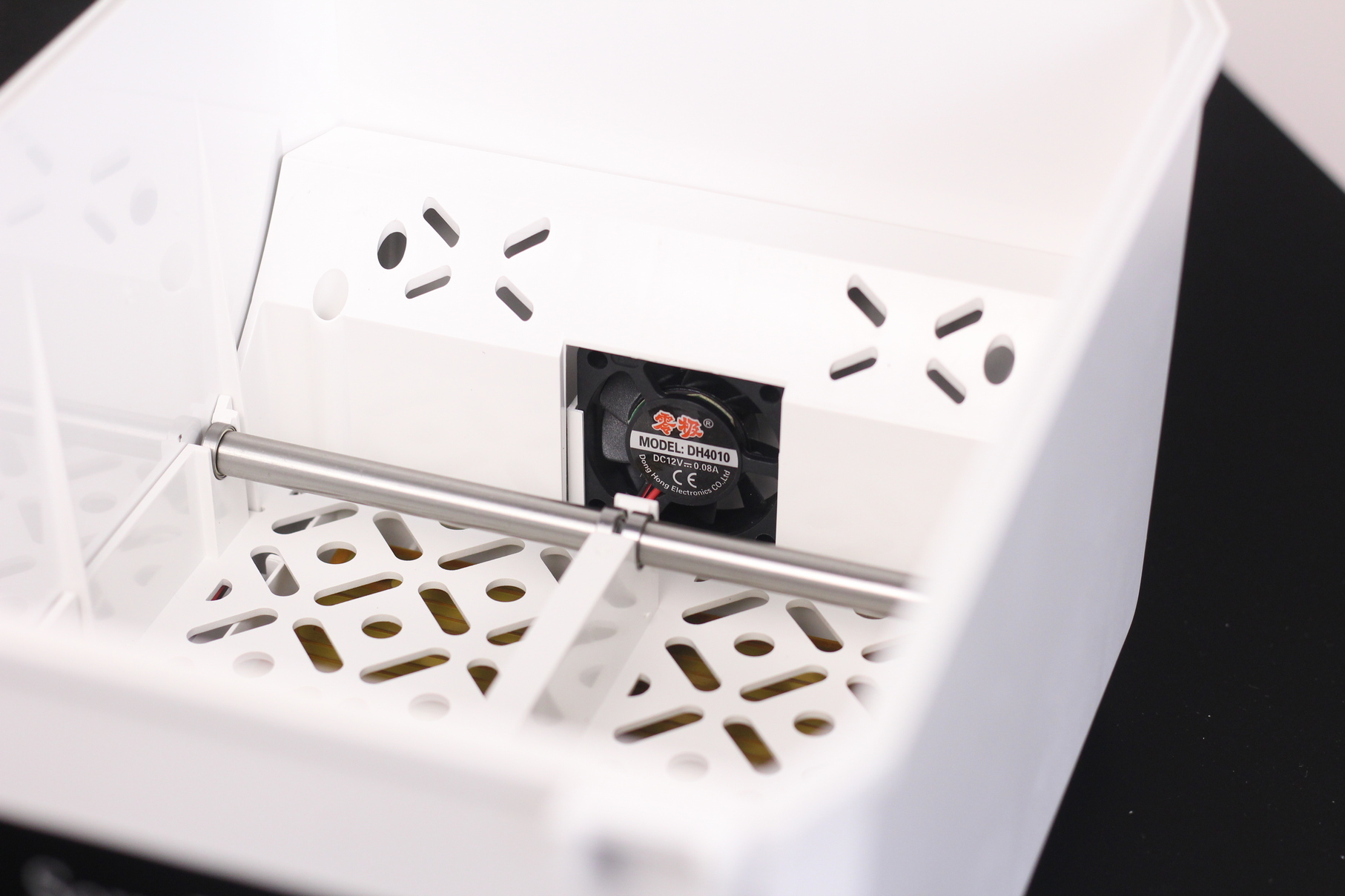
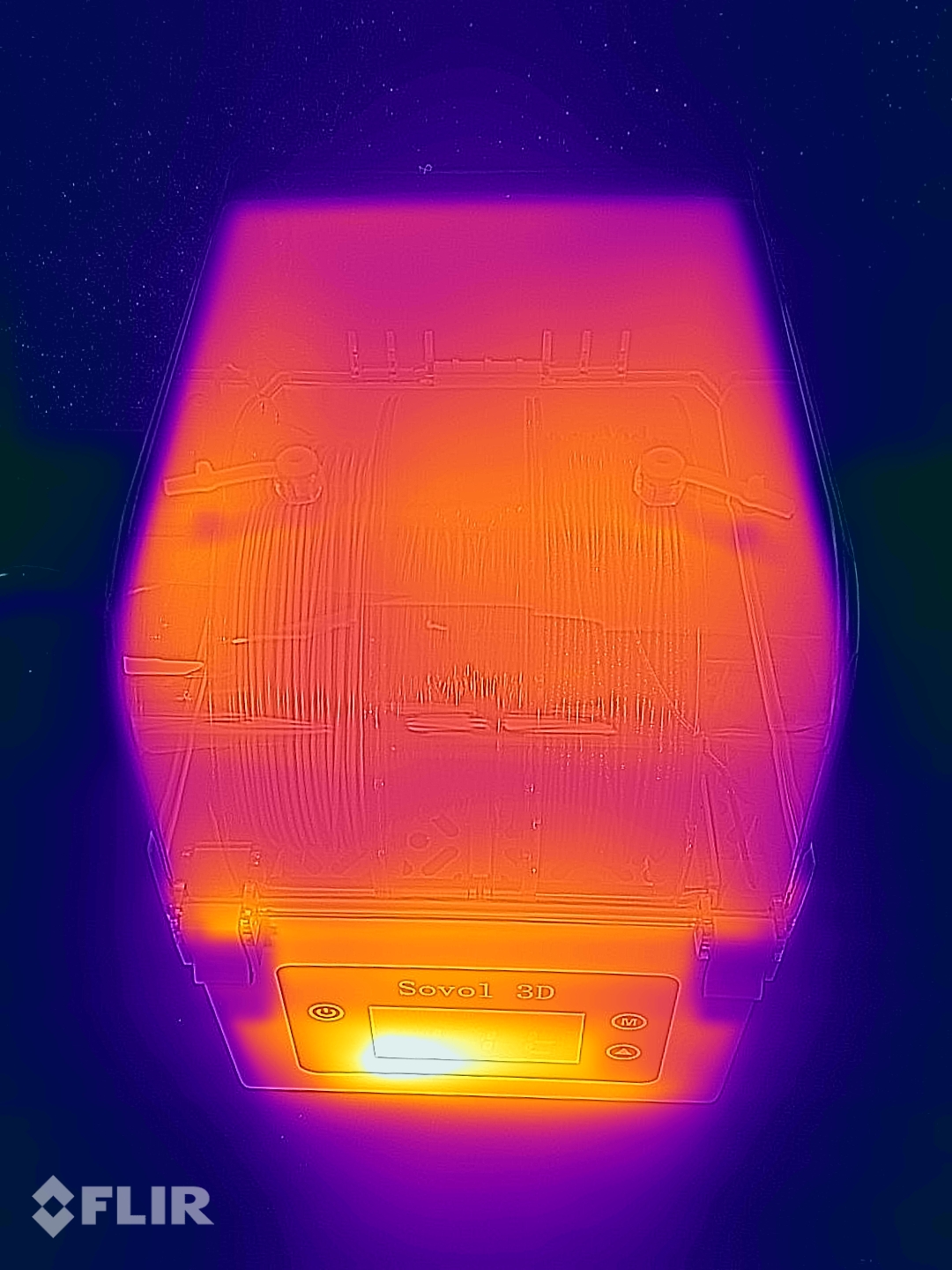
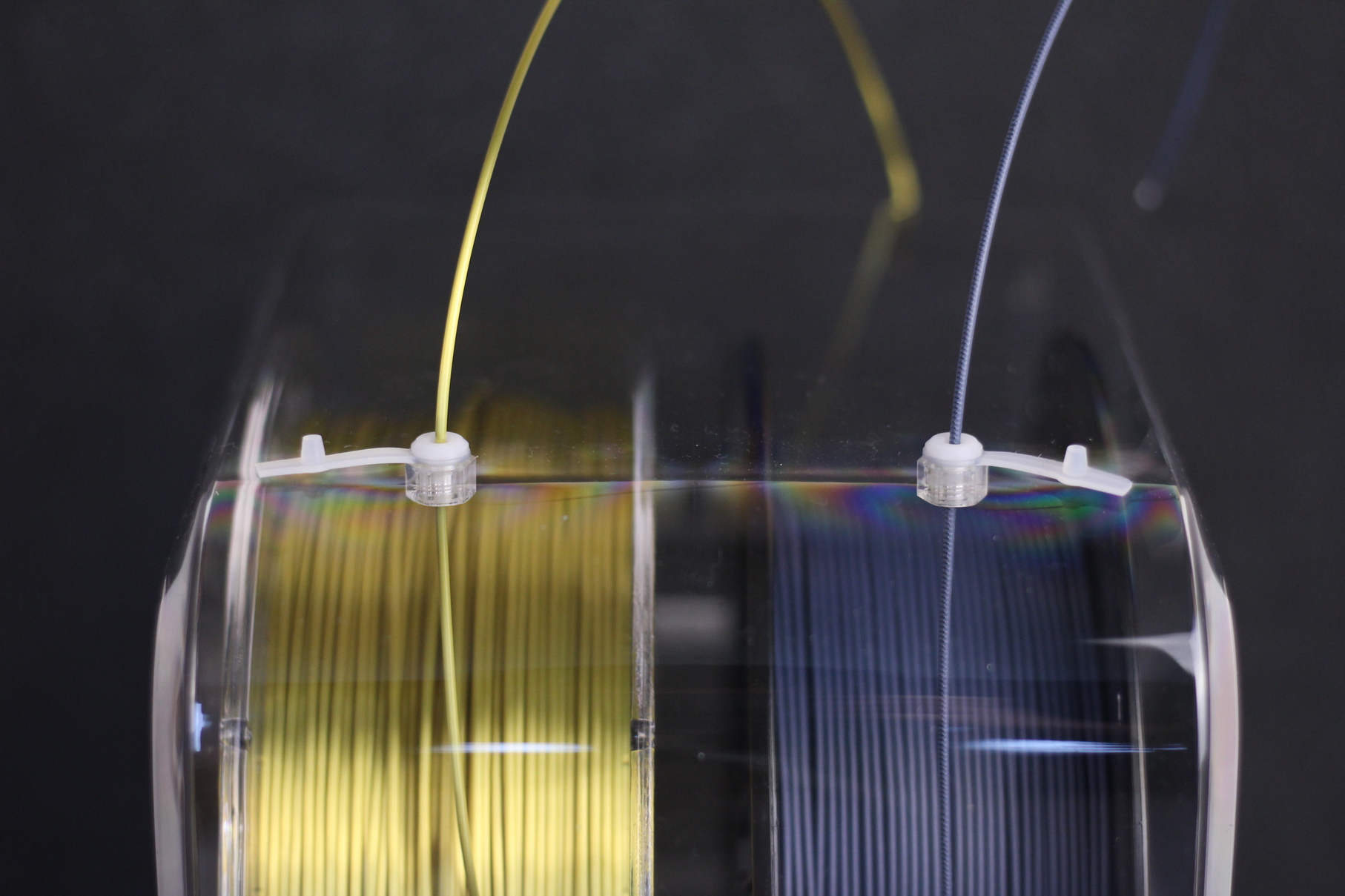
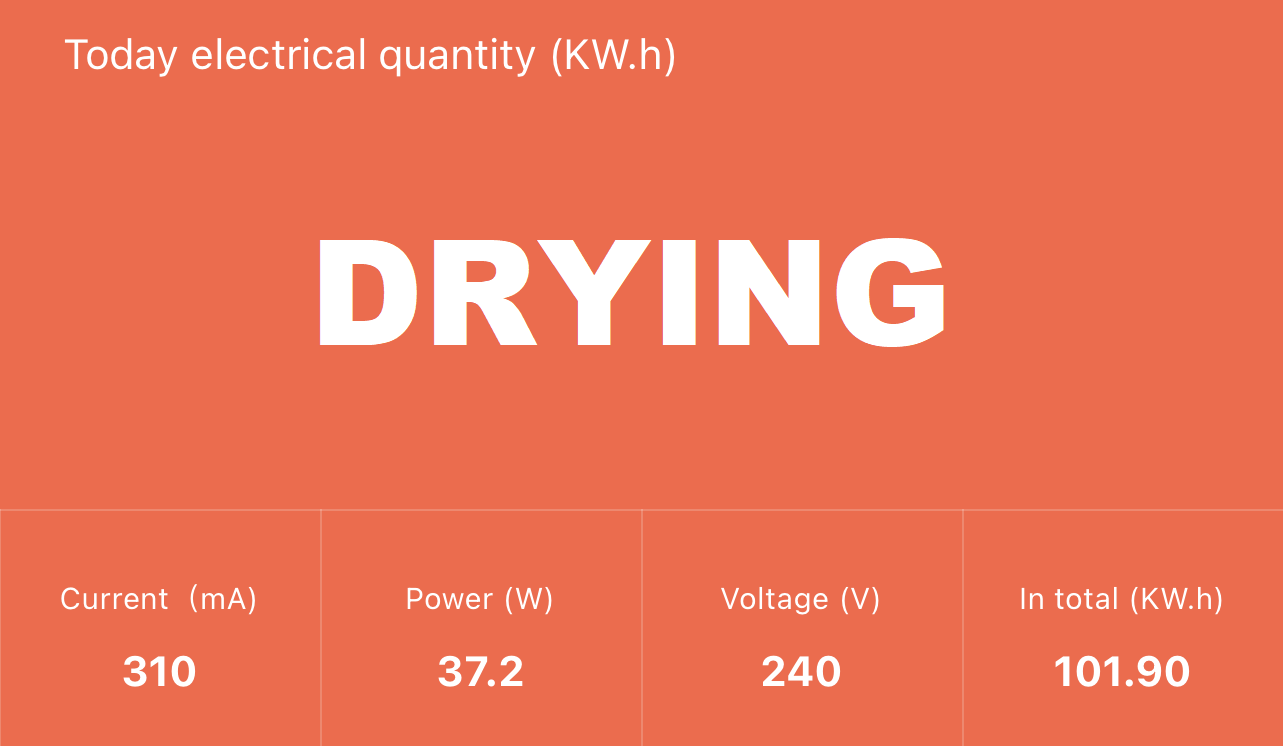
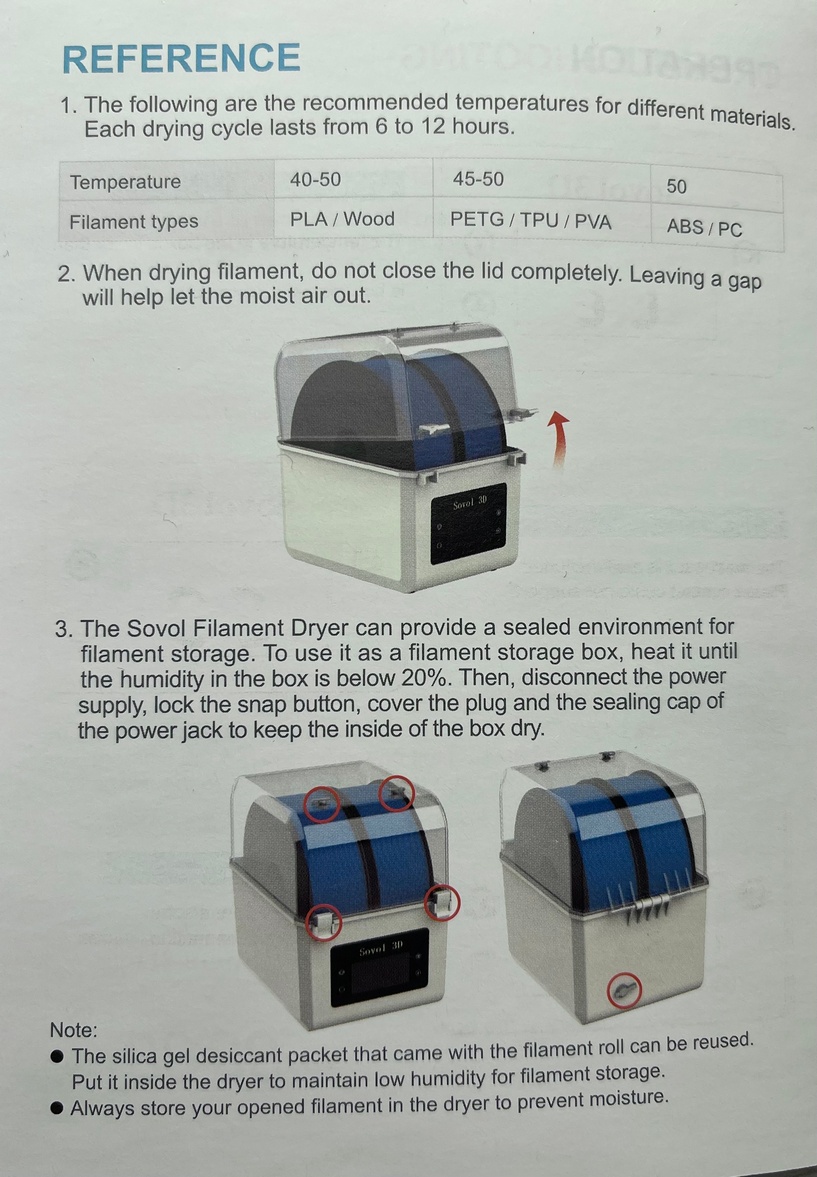
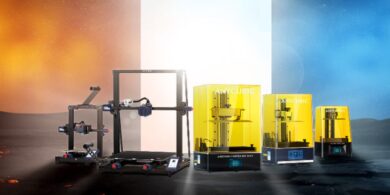
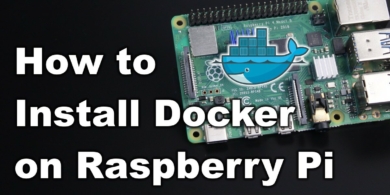



Hello,
I read carefully the test of the Sovol filament dryer I purchased.
thanks again for the clear information.
i never get below 15% humidity with ten or so sachets of scilice.
so i put a little hygrometer thermometer. curiously i don’t have the same values.
see the photo after about 20 hours of drying.
i left the plugs open on purpose to release the humidity.
is it possible to explain such differences?
thank you for helping me to understand.